The future of brand experience and the new-age CMO
Creating immersive and personalised experiences for consumers has become the primary objective for marketers. A mass, carpet-bombing-kind of marketing strategy will no longer work as consumers seek to have a relevant connect with brands.
An eminent panel of leading marketing experts discussed at length the changing role of marketing in the consumer journey at the first-ever Digi Media Summit organized by Adgully on March 29, 2019 in Delhi. The speakers included Gauri Awasthi, Head - Digital Marketing & Social Advocacy, FabIndia; Nishant Radia, Founder & Head of Marketing, Vidooly; Rajiv Dubey, Head of Marketing & Media, Dabur India; Sai Narayan, Associate Director & Head of Marketing, Paisabazaar.com & Policybazaar.com; and Sameer Saxena, Director - Strategy & Marketing, Legrand. Digital & New Media Consultant Sanjay Trehan moderated the panel.
At the outset, Sanjay Trehan noted that the traditional marketing paradigm of push-based selling has now moved to traction-based selling, which is pull-based selling, and added that at the heart of brand experiences is the consumer mindset. He then posed the question to the panellists regarding how they would create brand experiences for their consumers.
Answering his question, Gauri Awasthi said, “We leverage User Generated Content and making a brand come through. Thus, we aim to turn the customer into brand custodians.”
Trehan then turned the attention to the insurance sector, where it is a matter of solicitation. He sought to know how Paisabazaar and Policybazaar took the customer through this journey to achieve delight. To this, Sai Narayan responded by saying that, “No one wakes up in the morning thinking about insurance. When it comes to brand experience, our category is not in the mindset of consumers. Insurance is a push-based product and direct sales is more effective than marketing.”
Citing from his own experience Narayan said that when he entered the insurance sector it was seen in a very negative light. According to him, “Listening to consumers more should be an imperative for brands rather than communicating to them. We get more customer complaints than the service sector and I believe every complaint is a great product innovation opportunity.”
Giving the B2B industry perspective, Sameer Saxena said, “Our product is not in-your-face. We ventured into branded content, which helped us break through the clutter and stand out. The challenge in the B2B side is building a differentiated content portfolio to help consumers distinguish your array of products.”
Trehan here noted that looking at the complete purchasing cycle, usually CMOs would approach this with their gut feeling. Now analytics is changing this and all decisions are based upon data. “How has analytics helped shape brand experiences?” he asked.
Nishant Radia elucidated, “We were taught that brand experiences are an ecosystem and brand is at the center of the ecosystem surrounded by components. Where we are headed to is that all the components are the brand itself. Thus, a customer experience with customer service is as vital as their experience with the product itself. Video consumption is growing and that is where the audience is. Brands need to invest more in understanding this audience. Today, consumers are frustrated with the disjointed experience from brands. Brands need to stop looking at digital mediums from a reach point of view.”
While the money spent on digital advertising is increasing, there will be demand for RoI. That’s where the data side comes in and the measurement piece is leading to.
Trehan noted, “You cannot have a superficial brand experience. At the heart of it needs to be sticky; it needs to be immersive.” He asked the panelists how they were looking to create immersive brand experiences.
Gauri Awasthi opined, “We can divide consumers into several buckets. Resonating with different kinds of consumer buckets becomes a great challenge.” FabIndia has deployed experience zones in its stores, including a children’s zone, so that customers can shop tension free. The brand’s promise of delivering great products has induced FabIndia to become a no discount brand to stay true to the brand philosophy. “Before our new collections are launched, we spend time with the clusters to ensure their needs are being met,” she added.
Seeking the views from an FMCG company, Trehan noted that an FMCG brand would be inclined towards doing tactical sales. He asked, “What is the importance of doing immersive brand communication in this environment to you?”
Dabur’s Rajiv Dubey replied, “Every day you have to do some sales and reach you target. But over the long term, you need to build your brand. Our business is a repeat order business, so our relationship with our customers is very important.”
While it is easy to talk about creating compelling brand experience, selling a product that is a matter of solicitation is a different ballgame.
As Sai Narayan pointed out, “Brand experience is a great term, but unless and until a consumer actually experiences the communication you do, it has no impact. I believe the communication you do and the experience of the consumer should be seamless. Our focus is on helping the consumer get the right experience with the help of technology. At times when you are not able to do it with technology, how can you help them get that same experience offline? Also, bearing the lack of a physical product convincing consumers to buy our product is very difficult.”
On being asked how his brand continues to be pivotal to a consumer’s brand journey even when not creating fashionable brand experiences, Sameer Saxena replied, “One of our biggest challengers is the road to the market. The consumer experience from an end user perspective has to be consistent and long term. We need to understand how we can leverage what we have done earlier.”
Speaking on the challenge of measurability, Nishant Radia noted that it was really about unified measurement. He also felt that the industry is not close to finding a solution to this in the near future as it is difficult to get all the stakeholders in one place from the platform side of things. “However, what we can do is create benchmarks across different platforms and then identify the same users to see how they are behaving on different platforms. Then we can create multiple cohorts and do a surrogate way to do measurement,” he added.
Trehan here turned the focus towards the qualities that a new age CMO needs to possess.
Gauri Awasthi affirmed, “We need to marry the consumer and the brand. The best way to do that would be through brand storytelling enriched by data and insights.” She further said that in future there would be no CMOs, but CXO – that is, Chief Experience Officers.
In a lighter vein, Nishant Radia quipped, “Tattoos, long hair and piercings!” He quickly added, “One thing that I would really focus on is technological know-how and understanding the platform to the fullest.”
For Rajiv Dubey, the biggest quality is to have the risk-taking ability. “You may never know what will work or not, but you need to take the risk. That can only be done if you love the brand and believe in the brand,” he maintained.
Sai Narayan stressed on the CMO’s ability to be a great listener, understand exactly what the customer wants and be able to deliver that.
Sameer Saxena added here, “We need to be able to unlearn very fast because the consumer keeps changing, and to tackle new problems you need to have a blank canvas.”





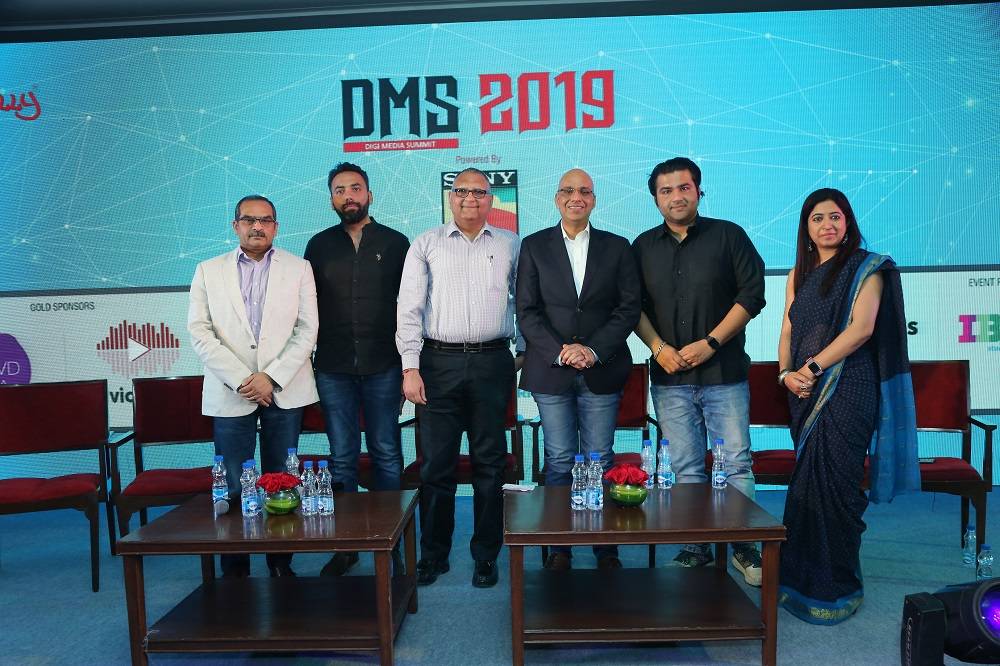
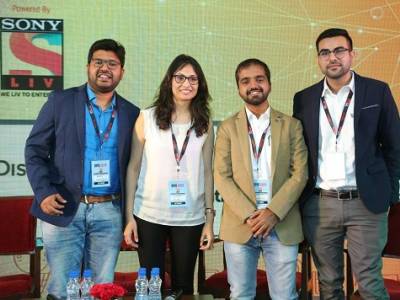

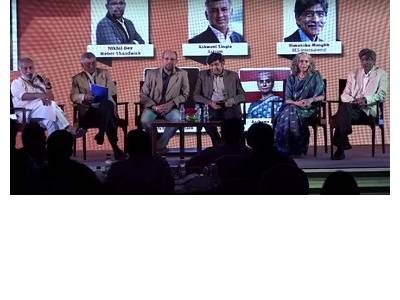




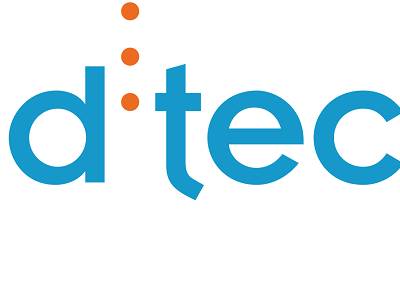


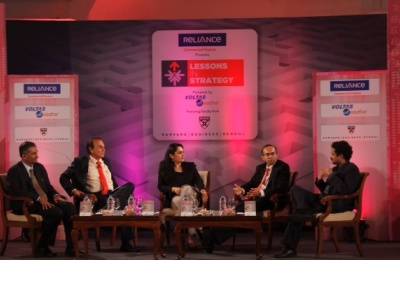



Share
Facebook
YouTube
Tweet
Twitter
LinkedIn